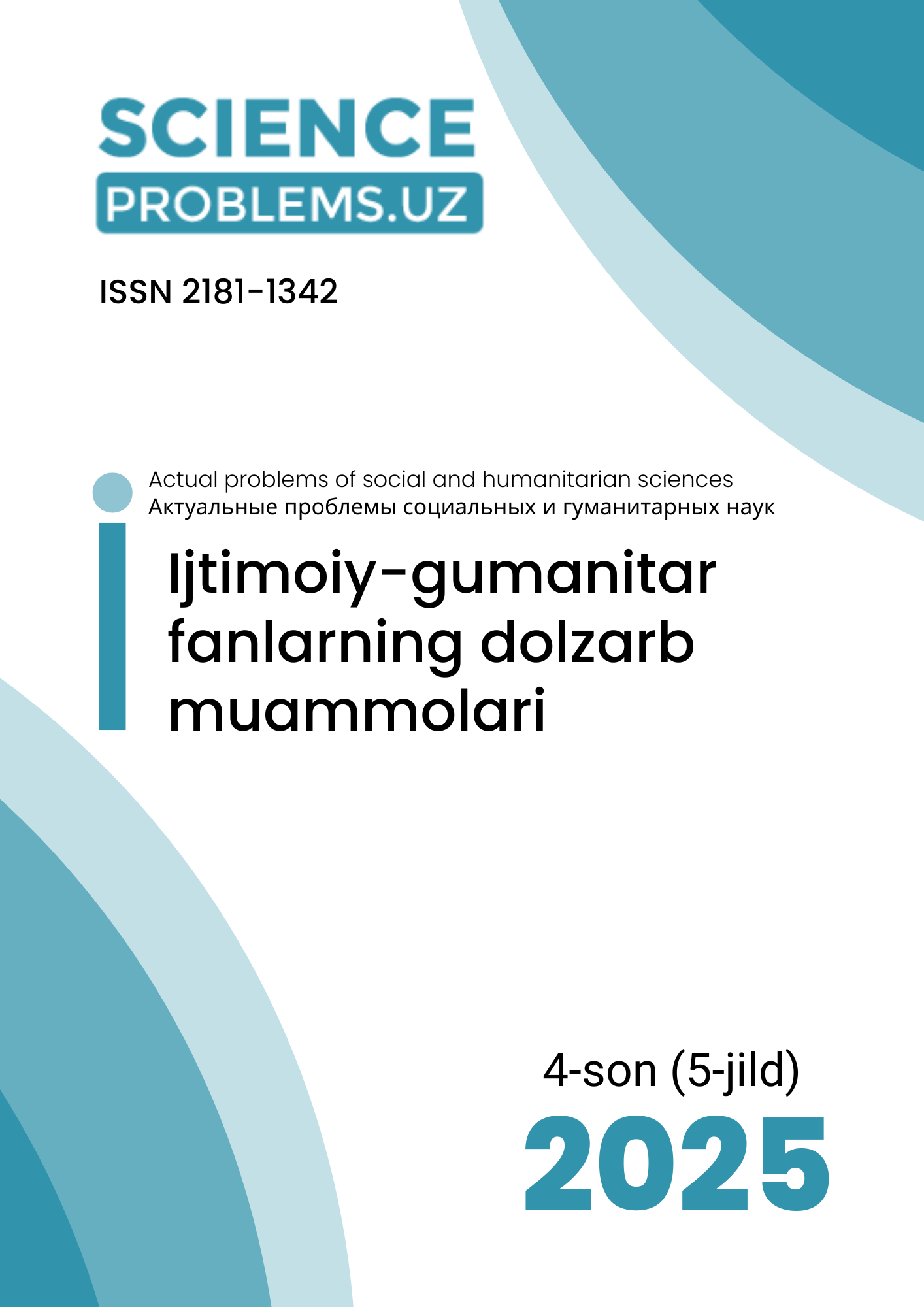COMPONENT ANALYSIS OF SOMATIC PHRASEOLOGISMS IN ENGLISH FICTION
DOI:
https://doi.org/10.47390/SPR1342V5I4Y2025N43Keywords:
Somatic phraseologisms, English fiction, Component analysis, Body-related expressions, Contextual meanings, Cultural attitudes, Emotional states, Character development, Qualitative methods, Quantitative methods, Reader engagement.Abstract
This study conducts a comprehensive component analysis of somatic phraseologisms within English fiction, exploring the intricate relationship between body-related expressions and their contextual meanings. By examining a diverse array of literary texts, the research identifies how these phraseologisms reflect cultural attitudes, emotional states, and character development. Through qualitative and quantitative methods, the analysis reveals patterns in the use of somatic expressions, highlighting their role in enhancing narrative depth and reader engagement. The findings suggest that somatic phraseologisms serve not only as linguistic tools but also as vital components that enrich the thematic and emotional landscape of fiction. This work contributes to the understanding of phraseology in literature and underscores the significance of bodily imagery in shaping narrative discourse.The implications of this study extend beyond literary analysis, suggesting that an awareness of body-related expressions can enhance readers' emotional connections to texts and deepen their interpretative experiences.
References
1. Baek K.-S. A study on the linguistic and cultural connotations of somatic idioms with ‘nose’ in Russian. Seulla’beu Hagbo. 2022. – 178p.
2. Goshkheteliani, I. Culture as Reflected in Somatic Idioms: 2019. – P. 78-89.
3. Langis K., Kim Z. M., & Kang D. An Analysis of Reader Engagement in Literary Fiction through Eye Tracking and Linguistic Features. 2023. – 39p.
4. Matveeva N., & Mukhina, N.B. The specificity of axiological component in the English somatic phraseological units. Filologiâ: Naučnye Issledovaniâ, 2022. – 158 p.
5. Malikova, A. M. (2022). Comparative Study of Somatic Phraseological Units in English and Azerbaijani Languages.Advances in Social Sciences Research Journal, 2022. – 59p.
6. Mironova, Yu. V., & Sokolskaya, T. I. Literary Discourse as a Cognitive Dialogue About «Language as the House of Spirit». 2021. – P. 132-139.
7. Kaal A.A. The Role of Somatic Expressions in Language and Culture. Journal of Language and Culture, 3(1), 1-15; 2011. – P. 32-43.
8. Kövecses, Z. Metaphor and Emotion: Language, Culture, and Body in Human Feeling. Cambridge University Press; 2000. – P.158-169.
9. Karpinskay N.V., Shkuran O.V., & Shkuran S.A. Characteristics of Somatic Phraseology in E. Vodolazkin’s Novel “Lavr”: Semantics, Functional Potential, Frequency of Use. RUDN Journal of Language Studies, Semiotics and Semantics; 2023. – 159p.
10. Kardapoltseva V.N., & Kachalova A.A.. Художественные тексты в контексте культурологического образования (несколько замечаний о современной восточной литературе). 2020. – P.84-95.
11. Krieken K., Hoeken H., & Sanders J. Evoking and Measuring Identification with Narrative Characters - A Linguistic Cues Framework. Frontiers in Psychology; 2017. – 398p.
12. Voitaliuk S. Emotional characteristics of phraseological units with a somatic component in henryk sienkiewicz’s novel “the crusaders” 2022. – P.162-185.
13. Wierzbicka A. Understanding Cultures Through Their Key Words: English, Russian, Polish, German, and Japanese. Oxford University Press; 1997. – 123p.








